The tattooing process can easily be an excellent illustration of the popular phrase "beauty requires sacrifice," and sacrifices here do not refer to financial or other aspects of the issue. We are specifically talking about the painful sensations directly related to the tattooing process. Pain is the main reason that often stops a person from getting their first tattoo, but is it really so scary?
Over the thousands of years of tattooing as a ritual and over the past decades as an art, people have concentrated their experience in this area and formed the so-called "pain chart" that clearly illustrates the degree of pain when getting a tattoo on specific areas of the skin. Of course, we should not forget that the perception of pain is an exclusively subjective measure that depends on many individual reasons and characteristics of your organism. However, this chart will allow you to get a general idea and mentally prepare for the session.

Very Painful
It is guaranteed that it will hurt you very much if you decide to get a tattoo in the following areas:
- Ribs;
- Groin area;
- Areolas of the nipples;
- Inside of the elbow or knee joints.
Quite Painful
Slightly less painful, but still quite strong sensations will be experienced when choosing the following areas for a new tattoo:
- Head;
- Neck;
- Face;
- Belly;
- Palm;
- Hand;
- Knee;
- Elbow;
- Back surface of the ribs;
- Inner thigh;
- Feet;
- Ankle;
- Wrist.

Tolerable Pain
For most people, the process of getting a tattoo in the following areas is a bit easier to endure:
- Buttocks;
- Inner surface of the calves;
- Middle of the back;
- Clavicle;
- Shin.
Tolerable
The most "comfortable" parts of the body for a future tattoo are:
- Calf;
- Forearm;
- Biceps;
- Shoulder;
- Outer side of the thigh.
What Does Tattoo Pain Feel Like?
As mentioned earlier, painful sensations and their intensity are individual. However, there are common experiences. Most people notice an increase in pain during line work, as it is applied using point-grouped needle configurations, and drawing a continuous line can feel very similar to a real cut. In parts of the tattoo that require even denser shading, the pain sensations become milder. This is largely due to the distribution of the load on the skin due to the special configuration of the needles, which is more like a shovel or an art brush.
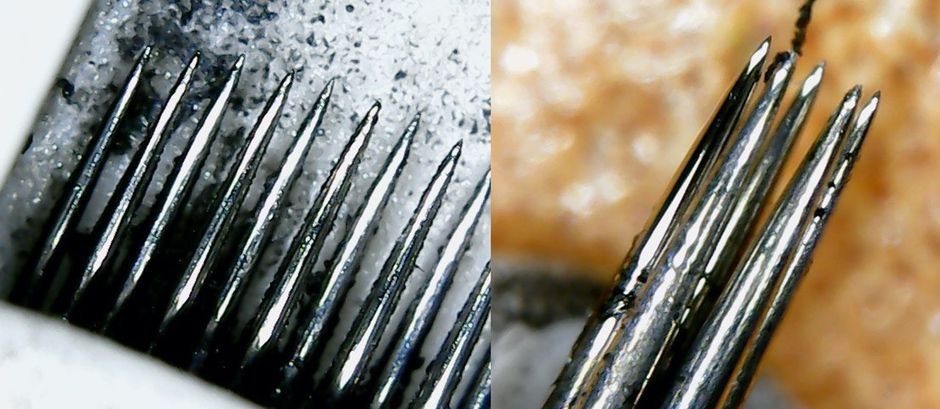
However, you should not deceive yourself with false hopes that all the pain will disappear immediately after the lines are finished during a 4-hour session. Even the most resilient individuals notice a gradual increase in pain throughout the session, with the highest point just before it ends. After the artist tattoos the last millimeter of the design and sets the tattoo machine aside, the pain suddenly subsides, leaving behind only a dull sensation similar to a not-too-severe burn.
Differences in Pain Perception Between Men and Women
Women are often seen as delicate creatures, but when it comes to pain tolerance, they can be as resilient as warriors, often surpassing men in this regard.
This is largely due to differences in skin structure. In women, the subcutaneous fatty tissue extends over almost the entire surface of the back, most of the thighs, and legs, which reduces the intensity of pain during tattooing in these areas compared to men.
One important consideration for women planning a tattoo is their menstrual cycle. During menstruation and the week leading up to it, painful sensations can increase significantly, and experts recommend avoiding tattoo parlors during this time.
For men, the least painful areas are the forearms and legs.
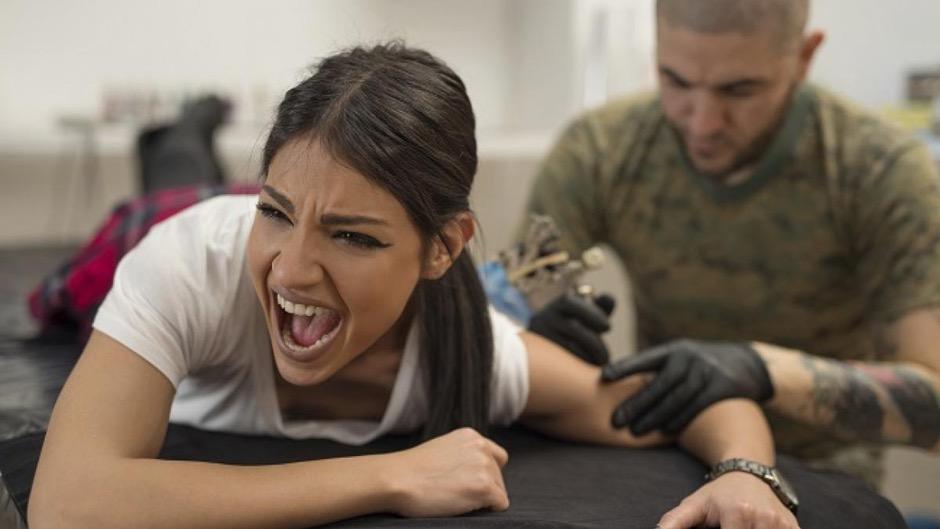
How to reduce pain during a tattoo session?
The pharmacological development of the tattoo industry from year to year replenishes the palette of pain relievers for a tattoo session.
However, most tattoo lovers, regardless of gender, age or pain threshold, go through a tattooing session without the use of any medication.
If you ask any seasoned tattooist or head-to-toe tattooed fan about how to prepare for an upcoming session to reduce pain, any of them will answer the following:
Avoid alcohol or drugs before the session. We have previously discussed the risks of alcohol consumption before getting a tattoo.
Ensure you get a good night's sleep before the session. Lack of sleep can lead to weakness, which, in turn, can increase pain..
Have a substantial breakfast. A strong spirit resides in a strong body.
During the session, distract yourself by engaging in conversation with the artist, playing with your phone, listening to your favorite music, and so on.
Try to relax and stay calm. Calmness is one of the best pain relievers. After all, they say, "Fear has big eyes."
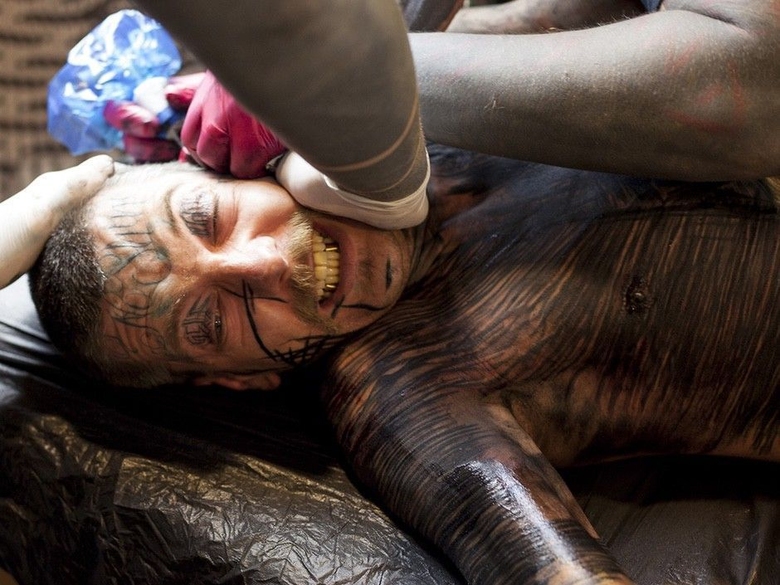

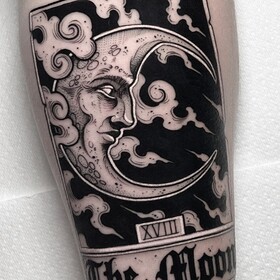

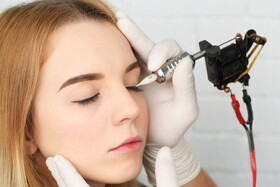
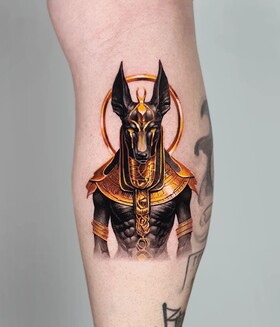
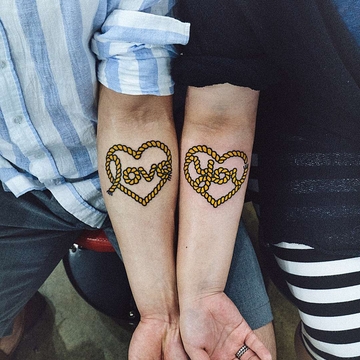
Comments (0)